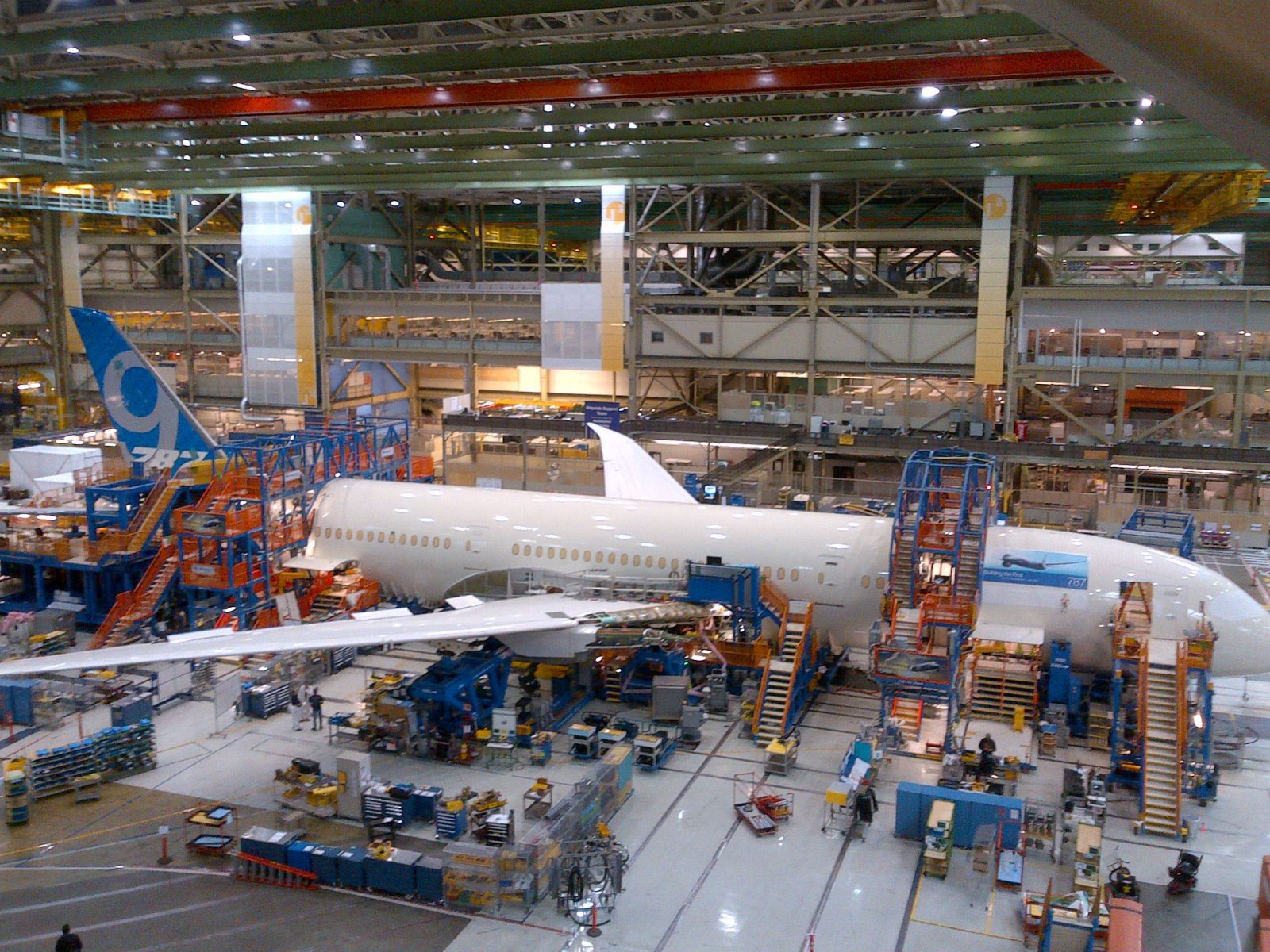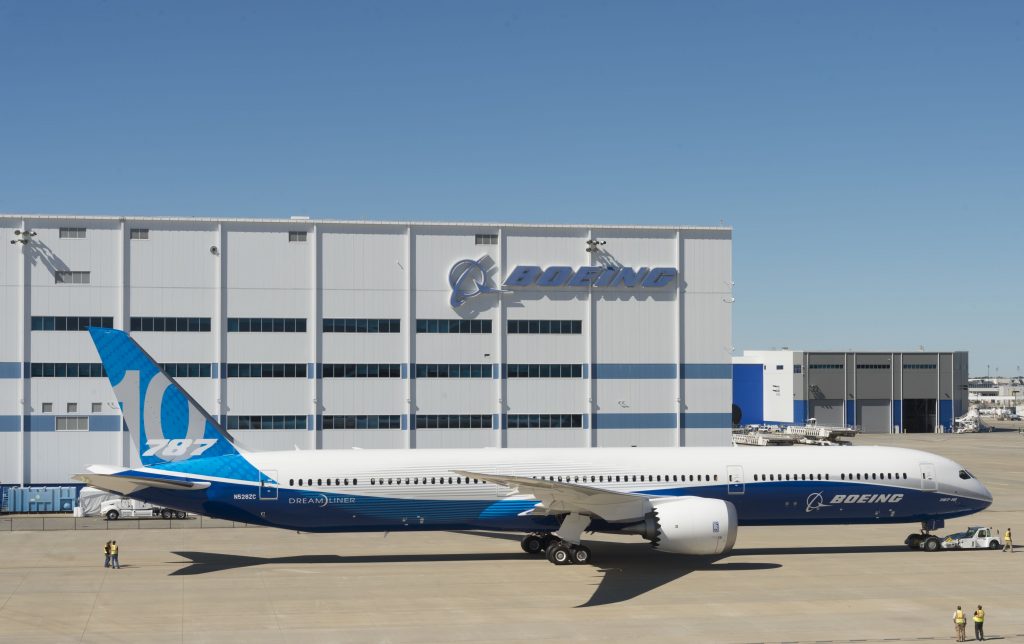
The American aerospace giant, Boeing has pushed back against allegations in the New York Times of “shoddy production” of its 787 Dreamliner aircraft at a production facility in Charleston, South Carolina. Along with its main factory in Everett, near Seattle, the aircraft manufacturer also produces all variants of the Dreamliner at its Charleston facility including the stretched 787-10 version.
Saturday’s New York Times article claims Boeing “pushed its workforce to quickly turn out Dreamliners, at times ignoring issues raised by employees.” The newspaper says it has reviewed hundreds of pages of internal emails that substantiate its claims. The allegations come just weeks after Boeing was forced to slow production on its 737 MAX model after two deadly crashes involving the aircraft type.
Some of the allegations in the New York Times article include:
- A company culture that “valued production speed over quality”
- Pressure put on workers to not report safety concerns
- Several whistleblower complaints made to Federal authorities
- Debris and leftover tools left inside planes, often close to safety critical equipment
At one point, the New York Times says Qatar Airways stopped accepting deliveries from the Charleston factory because “manufacturing mishaps” damaged planes.
Many of the allegations concern so-called foreign object debris which was accidentally left inside planes during the manufacturing process. Sometimes, tools and other equipment were allegedly left in close proximity to electrical equipment.
A former engineer for American Airlines told the newspaper that he often found debris in Dreamliner’s produced at the Charleston facility. The paper explained:
Dan Ormson, who worked for American Airlines until retiring this year, regularly found debris while inspecting Dreamliners in North Charleston, according to three people with knowledge of the situation.
Mr. Ormson discovered loose objects touching electrical wiring and rags near the landing gear. He often collected bits and pieces in zip-lock bags to show one of the plant’s top executives, Dave Carbon.
In another allegation that was detailed in the Post and Courier, a former quality manager at the factory claimed defective parts often “disappeared” from storage areas. He says he fears those parts were then used on planes.
But in a memo that Boeing sent to all its Charleston workers on Saturday afternoon, the aircraft manufacturer says the article in the New York Times “paints a skewed and inaccurate picture”. Describing the article as misleading, Boeing says it was “unfortunate and disappointing” that the New York Times published the story.
Boeing even invited journalists from the paper to tour the Charleston facility but the newspaper declined the invitation.
“Our quality metrics show that we are performing at all-time high levels,” the memo reads, going onto say that Saturday’s article featured “distorted information, rehashing old stories and rumors that have long ago been put to rest.”

Boeing even reached out to airline customers, featuring quotes from Qatar Airways, Norwegian and Suparna Airlines who all stood behind Boeing. In a statement, Qatar Airways said it “continues to be a long-term supporter of Boeing and has full confidence in all its aircraft and manufacturing facilities.”
Norwegian, said it was “very satisfied with the quality and reliability of all our 33 Dreamliners, regardless of where they have been assembled.”
Meanwhile, a spokesperson for American Airlines said it has “confidence in the 787s we have in our fleet.”
Boeing chose Charleston as its second Dreamliner production facility in 2009 and limited production started in 2011. Along with $1 billion in tax incentives offered by the State of South Carolina to attract Boeing, it’s believed the executives chose Charleston because of its ‘right to work laws’ which essentially limit unionization.
According to the Post and Courier, the State “has the nation’s lowest union participation rate at just 2.7 per cent of the workforce.”
Mateusz Maszczynski honed his skills as an international flight attendant at the most prominent airline in the Middle East and has been flying ever since... most recently for a well known European airline. Matt is passionate about the aviation industry and has become an expert in passenger experience and human-centric stories. Always keeping an ear close to the ground, Matt's industry insights, analysis and news coverage is frequently relied upon by some of the biggest names in journalism.







